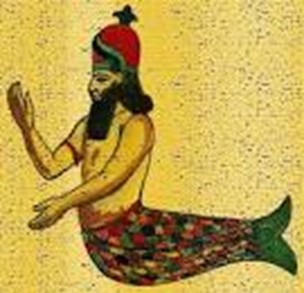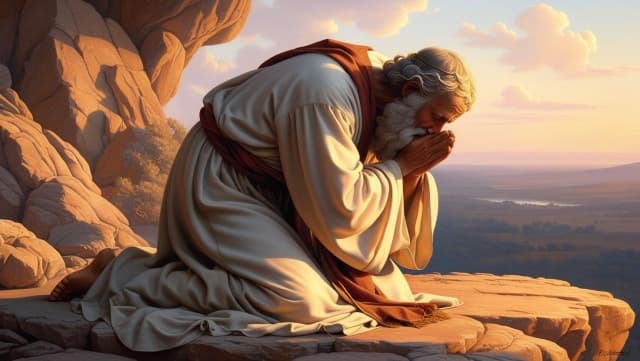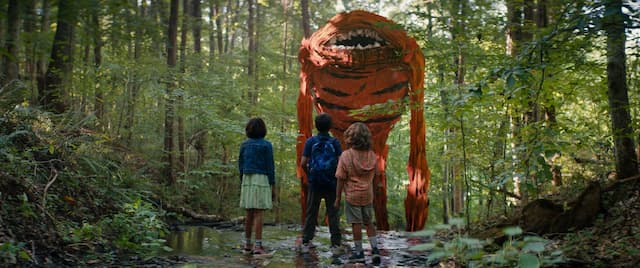Samson and Delilah – The Movie
Today I add another entry on my series “The Old Testament Goes Hollywood.” The movie Samson and Delilah is a romantic biblical drama produced and directed by Cecil B. DeMille.
The movie Samson and Delilah was released in 1949. The movie stars Victor Mature as Samson, Hedy Lamarr as Delilah, George Sanders as The Saran of Gaza and Angela Lansbury as Samson’s Philistine bride.
The movie is based on the story of Samson found in the book of Judges, chapters 13–16. The movie is focused mostly on the love affair between Samson and Delilah. Although most of the love affair between Samson and Delilah is not told in the book of Judges, the movie offers a plausible reason why Delilah betrayed Samson and delivered him to the Philistines.
The culmination of the movie was the destruction of the temple of Dagon in Gaza. Blinded by the Philistines, Samson was brought to the temple of Dagon to entertain the Philistines who had come to the temple to celebrate a feast for Dagon.
The Philistine god Dagon is mentioned in three places in the Bible. In Judges 16:23, Dagon is mentioned in association with the death of Samson. In 1 Samuel 5, Dagon is associated with the capture of the Ark of the Covenant by the Philistines. In 1 Chronicles 10:10, Dagon is associated with the death of King Saul.
There is much controversy about the nature and character of Dagon. A few scholar believe that the name Dagon is derived from the Hebrew word dag, a word which means “fish.”
Under this theory, Dagon was a fish god associated with the Philistines, a seafaring people from the Aegean and one group of people identified as the Sea People who arrived in Canaan around 1200 BCE. This etymology for Dagon, however, has been rejected because of the way this god is mentioned in the literature of the ancient Near East.
Some scholars believe that the name Dagon comes from the Hebrew word dgn, a word meaning “grain.” Under this theory, Dagon was a Canaanite fertility god which the Philistines adopted as their own deity.
In his article, “Was Philistine Dagon a Fish-God?”, Knut Holter advocates “a linking between Dagon and the Semitic root dgn, having to do with clouds and rain, thus making Dagon a weather-god. This would correspond with the information about Dagon given in the Ras Shamra texts, where the well-known Canaanite deity Ba’al not only is called bn dgn, “the son of Dagon”, but also is identified with Hadad, i.e. the great storm-god” (Holter 1989:142).
The Canaanites worshiped many gods and goddesses. Baal, the Canaanite god, was known as the great storm god. In Semitic literature, Baal was known to be the son of Dagon. Dagon eventually became the national god of the Philistines. Dagon was not a god unique to the land of Canaan. Dagon was known in Ebla, in Mari, and in Ugarit. Two cities in Canaan are named after Dagon: Beth-dagon was a town in Judah (Joshua 15:41) and Beth-dagon was a town in the tribe of Issachar (Joshua 19:27).
Archeologists have discovered a Philistine temple in the Philistine city of Gath, the home of the ancient warrior Goliath. According to Professor Aren Maeir, of Bar-Ilan University, “the temple may shed light on the architecture in Philistia at the time when Jewish hero Samson purportedly brought the temple of Dagon down upon himself.”
The final scene of the movie Samson and Delilah was the destruction of Dagon’s temple. The clip below shows how Samson destroyed the temple of Dagon.
Did you noticed at the end of the movie, when Samson destroyed the temple of Dagon that Delilah chose to die with Samson? The reason for Samson and Delilah dying together will be explained in my review of the movie.
NEXT. My next post will be a review of the movie Samson and Delilah.
Claude F. Mariottini
Emeritus Professor of Old Testament
Northern Baptist Seminary














